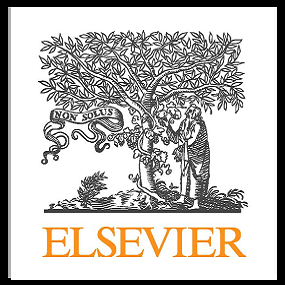دانلود رایگان مقاله بررسی خزش در بست های پیوندی چسبنده تهیه شده برای سازه های فولادی دریایی – سال 2020


مشخصات مقاله:
عنوان فارسی مقاله:
بررسی خزش در بست های پیوندی چسبنده تهیه شده برای سازه های فولادی دریایی
عنوان انگلیسی مقاله:
Creep investigations on adhesively bonded fasteners developed for offshore steel structures
کلمات کلیدی مقاله:
خزیدن، اتصال چسب، بست، مدل سازی، تحقیقات تجربی
کلمات کلیدی انگلیسی:
Creep – Adhesive bonding – Fastener – Modelling – Experimental investigations
مناسب برای رشته های دانشگاهی زیر:
مهندسی عمران
مناسب برای گرایش های دانشگاهی زیر:
سازه های دریایی
وضعیت مقاله انگلیسی و ترجمه:
مقاله انگلیسی را میتوانید به صورت رایگان با فرمت PDF با کلیک بر روی دکمه آبی، دانلود نمایید. برای ثبت سفارش ترجمه نیز روی دکلمه قرمز رنگ کلیک نمایید. سفارش ترجمه نیازمند زمان بوده و ترجمه این مقاله آماده نمیباشد و پس از اتمام ترجمه، فایل ورد تایپ شده قابل دانلود خواهد بود.
فهرست مطالب:
Abstract
Keywords
1. Introduction
2. Literature review on creep modelling
2.1. Semi-empirical models
2.2. Rheological models
2.3. 3D creep
3. Experimental investigations on adhesively bonded fasteners
3.1. Description of the tested specimens
3.2. Tension test protocol
3.3. Shear test protocol
3.4. Preliminary quasi static investigations
3.5. Results of tensile creep tests
3.6. Results of creep shear tests
4. Modelling of the tests
4.1. Development of models
4.2. Study of stress distribution and 2D/3D comparison
4.3. Determination of creep parameters from measured displacements
4.4. Study of the von Mises stress distribution during creep
5. Comparison of measured displacements/model displacement
5.1. Tension load
5.2. Shear load
5.3. Discussion on future developments
6. Conclusions
Acknowledgment
References
قسمتی از مقاله انگلیسی:
1. Introduction
Steel structures in service, especially in harsh environments, may be locally affected by fatigue and corrosion and may therefore need reinforcement or repair. In addition, most often there is some need during the structure service life to connect additional equipment, secondary structures or distribution systems. In the case of steel structures, this is carried out using bolted or welded assembly that may be detrimental regarding operation issues (e.g. hot works such as welding in an explosive environment) and may induce heavy on-site constraints for the structure exploitation. In regards with these issues, adhesive bonding solution may appear as a good solution, provided that the robustness and the durability of the assembly is confirmed. The firm Cold Pad, Paris, France is currently developing an adhesively bonded fastener to provide such a solution for offshore applications [1]. They are also developing an overall solution that includes an application disposal ensuring precise control of the adhesive joint quality during application, and water tightness of the joint to prevent any durability issue linked to wet environment [2] (Fig. 1).



